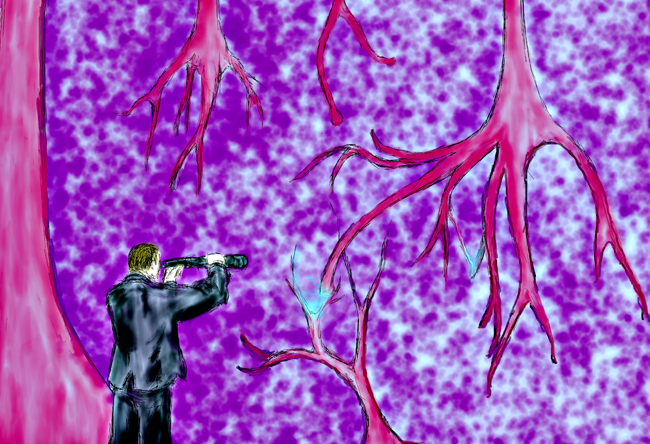
By looking at the way that water flows through the brain, several researchers have been able to put together a clear and beautiful picture of the nerves in the human brain. Though these nerves have been seen and studied before, they haven’t been looked at as comprehensively and systematically as in this paper, published in Science. The paper noted the three-dimensional grid-like structure of the axons, which are organized in such a way as to allow constant rewiring. While the specific reasoning for why the structure is the way it is may be a question currently up for debate, study author Van Wedeen says he finds it “hard to believe that it doesn’t have an answer.”
Pesticide is the bees’ disease?
Two studies this week, both published in Science, have linked the recent demise in bee populations to pesticides, though these reports aren’t without their flaws. The first paper suggested that low levels of pesticides can affect honeybee brains, causing the bees to have difficulty finding their way home. The second showed that the chemicals prevent bumblebees from keeping enough food in their hives to produce new queens. Still, the reduction in bees is a complicated issue that’s likely a result of many factors, including fewer flowers and more pathogens, in addition to the pesticides studied by these papers. It’s unlikely that there’s going to be one simple explanation for the cause of the decline in the bee populations.
Autism still on the rise
The Centers for Disease Control and Prevention have released a new report suggesting that 1 in 88 children has a form of autism — up from 1 in 150 from a decade ago — and rising to 1 in 54 for male children. Though this rising trend has been observed for quite a while, during which time we’ve studied the disease and developed a better understanding, we still don’t fully understand the reasons behind it. According to Mark Roithmayr, president of Autism Speaks, the higher rate of diagnosis is a result of “better diagnosis, broader diagnosis, better awareness and roughly 50 percent of ‘We don’t know.’”
It’s in your genes, sort of
While DNA sequencing is coming down in price, and it may be affordable in the near future for everybody to have a copy of their own genome, a new study suggests that the implications may be negligible at best. By studying identical twins, or people who have the same DNA, the researchers discovered that, for most people, genetic risks of a given disease will be relatively low. Even those with the genetic markers only have slightly elevated risks and just because a person tests negative for a particular disease, it doesn’t mean they’re safe from it. In other words, even for things that we think of as being “purely genetic,” there are other factors that are still at work and having a complete printout of somebody’s DNA won’t tell everything about them.





















